tooth resorption cats vca
Tooth Resorption in Cats. Feline tooth resorption is a common painful condition in domestic cats.

How To Make Brushing Your Cat S Teeth A Hassle Free Experience Daily Paws
Tooth resorption starts when odontoclast cells begin to attack healthy teeth.

. In the past tooth resorption was referred to as feline oral resorptive lesions feline odontoclastic resorptions cavities caries cervical neck lesions external or internal root resorptions and cervical line erosions. The process usually starts in the enamel along the gum line and continues towards the center of the tooth. 12 Risk factors include increasing age and the presence of other dental disease including additional TR lesions.
2 The prevalence as well as the number of teeth affected per cat increases with age. Tritrichomonas Infection Causes Diarrhea in Cats. This has been because the lesions are often hard to visualize and also because we didnt realize what we were seeing.
Internal resorption originates from within the pulp cavity while. FRLs are painful lesions that can affect any and all teeth and affect s up to 60 of cats by the time they are 6 years old. Until recently we have overlooked this dental problem as veterinarians.
This problem is the most common oral disease found in cats affecting up to 60 percent of domestic felines. Tooth resorption formerly known as cervical neck lesions or feline oral resorptive lesions is a progressive destruction of the tooth crown andor root resulting in slowly progressive holes in the affected teeth. Transitional Cell Carcinoma in Dogs and Cats.
A cats tooth has an upper portion crown and a lower portion root. Jan Bellows DVM diplomate AVDC ABVP Canine Feline All Pets Dental Weston Florida. Although causes have not been determined for tooth resorption in cats in general one study suggests that cats with tooth resorption have significantly higher serum concentrations of 25-hydroxyvitamin D than cats do without tooth resorption7 These researchers also found that 41 percent of canned cat foods have in excess of 30 times the vitamin D requirements of.
1 One study found histologic evidence of resorption in all teeth among cats with at least one clinically apparent resorption site. Treatment will be determined based on the type of tooth resorption your cat has. Breaking can expose the dentin.
Dipping the Q-tip in tuna water is recommended to help introduce this cleaning with your cat. Hale Veterinary Clinic toothvettoothvetca wwwtoothvetca Local Calls. CBD Use in Pets.
The cause of tooth resorption is not known. Theres even evidence of the condition in mummified cats uncovered in ancient Egypt according to Snyder. 2910 In one study the risk of a cat developing tooth resorption was found to increase 178 times with every year a cat aged.
External Tooth Resorption in Cats. Over 50 of adult cats develop tooth resorption. Transitional Cell Carcinoma in Dogs and Cats.
The condition occurs when cells called odontoclasts destroy the tooths surface. Tooth Resorption in Cats. This suggests that if these cats live long enough every single tooth will eventually succumb to resorptive lesions.
Any tooth can be affected by tooth resorption but the mandibular premolars bottom cheek teeth are most commonly diseased. Cats Teeth Examination for Cat Owners. All that will remain is a raised bump on the.
Region of the root. Tooth resorption in cats is prevalent affecting 28 to 68 of mature cats depending on the population researched. 3 Dental radiographs are required for proper diagnosis and treatmentFeline tooth resorption TR a common disease in cats characterized.
Incidence reports list a range from 30 to 60 for cats affected by this oral condition. 2 The youngest cat reported with tooth resorption was 1 year old. Eventually the tooth will be almost entirely gone.
Dental examinations at least twice a year are recommended to help treat and prevent halitosis. What Is Feline Tooth Resorption. Wiping the outside of the teeth and gums with a Q-tip twice daily is one of the most effective ways to remove and slow the accumulation of plaque.
However tooth resorption in cats is referring to a specific and painful condition. CBD Use in Pets. Feline tooth resorption is a condition in which the body begins breaking down and absorbing the structures that form the tooth.
Feline TR is a very common problem. Kressin will diagnose and treat. One of the most common yet most undiagnosed conditions that affect cats are feline resorptive lesions FRLs.
Dale Kressin DVM DAVDC of Animal Dentistry and Oral Surgery Specialists LLC. Cats with oral pain may appear irritable or aggressive have a change in appetite or food preference and may have difficulty chewing and eating food falls from their mouth. Without treatment a cat is in extreme pain may stop eating become very ill.
Hale DVM FAVD Dipl AVDC Page 4 August 2012 Long Distance. Tooth resorption is a process in which the tooth structure breaks down beginning inside the tooth and often progressing to other parts of the tooth. Resorptive lesions that have eroded through the enamel may be very painful.
Otherwise known as feline odontoclastic resorptive lesions FORLs tooth resorption is the second most common feline oral issue and affects more than a third of adult cats. Tooth resorption TR is defined as resorption or loss of dental hard tissue mediated by odontoclasts cells involved in normal tooth movement and loss of deciduous teeth. Cats with resorptive lesions may show pain when their jaws are touched and may also have increased.
Tooth resorption is the most common cause of tooth loss in cats and between 30 and 70 of cats show some sign of this destructive process. It also contains an inner canal filled with nerves blood vessels and lymphatic vessels. Reported prevalence of tooth resorption in cats ranges from 20 72.
Females and cats over five years of age are more prone to tooth resorption. The most commonly affected teeth include the lower premolar and molar teeth as well as the upper premolar teeth. Cats Teeth Examination for Cat Owners.
Tooth resorption differs from dental caries that result from demineralization of tooth structures by acidic bacterial byproducts. Tooth resorption is a condition in cats where their body starts to break down and absorb the structures of a tooth. There are many possible causes for tooth resorption.
Cats experiencing tooth resorption require either full extraction of the tooth or amputation of the tooths visible crown. Tritrichomonas Infection Causes Diarrhea in Cats. Cats with tooth resorption may show increased salivation oral bleeding or difficulty eating as well as muscular spasms or trembling of the jaw whenever the lesion is touched.
Once sensitive parts of the tooth are exposed these lesions become intensely painful and the only effective and humane treatment is to extract the tooth. Tooth resorption of cats is a very commonly found problem when performing a good oral examination or dental prophylaxis. Starting beneath the gum line it gradually dissolves the root of the affected tooth.
When a cat falls or hits its head a tooth fracture can occur particularly in the long canine teeth. Lesions that affect the tooth crown are very painful and require treatment.
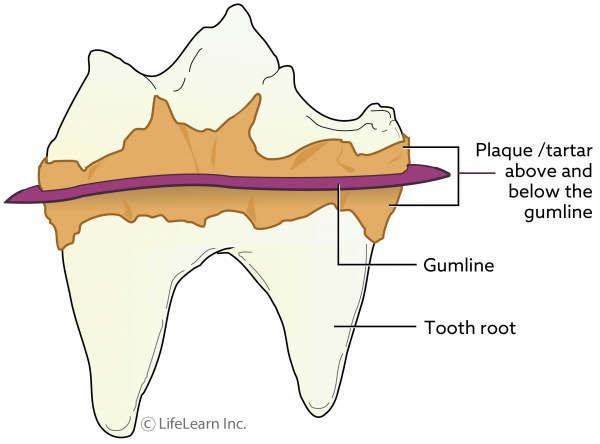
Dental Disease In Cats Vca Animal Hospitals
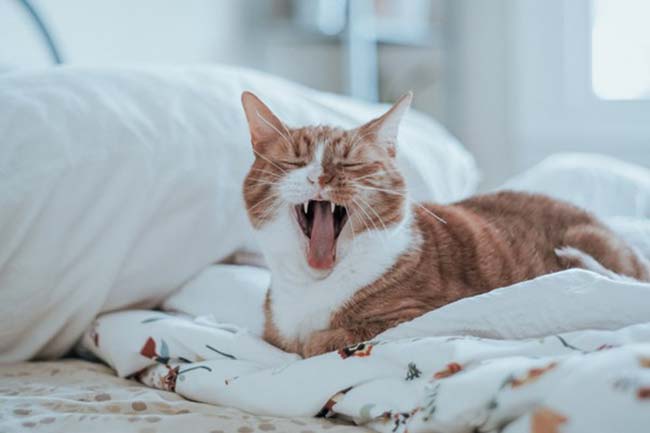
Feline Dental Disease Tooth Resorption In Cat Wellnessvet

What Are Resorptive Lesions And Why Should I Be Concerned Coxwell Animal Clinic

Hill S Prescription Diet T D Dry Cat Food

Tooth Resorption In Cats Vet Tech Vet Med Vet School

Chronic Feline Gingivostomatitis Proven Therapeutic Approaches New Treatment Options

Fight For Fibre Http Www Fightforfibre Co Uk Gallery Html Vet Med Domestic Rabbit Rabbit Hutches
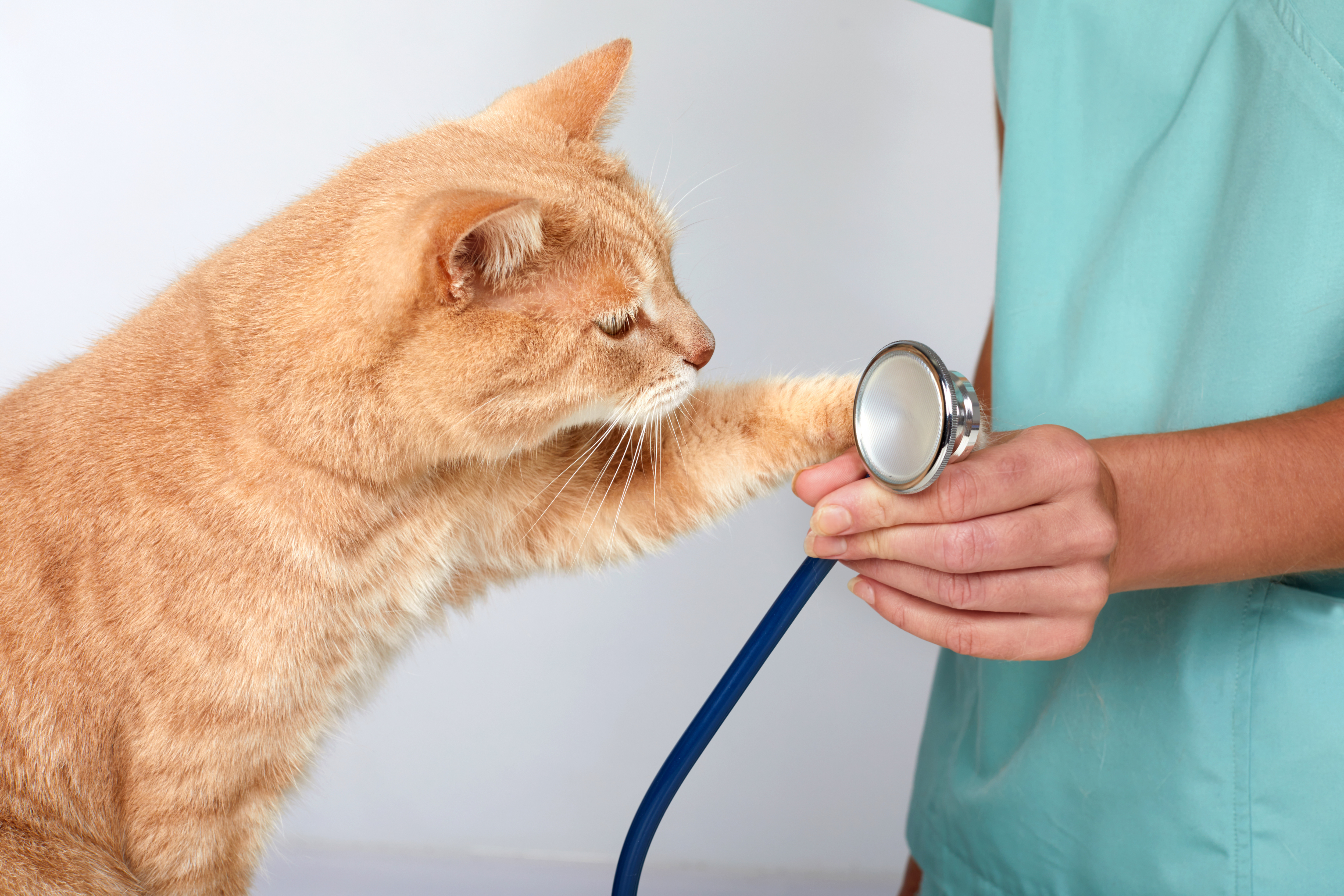
South Town Animal Hospital South Elgin Vet Important News On Cat Oral Health Care South Town Animal Hospital South Elgin Vet
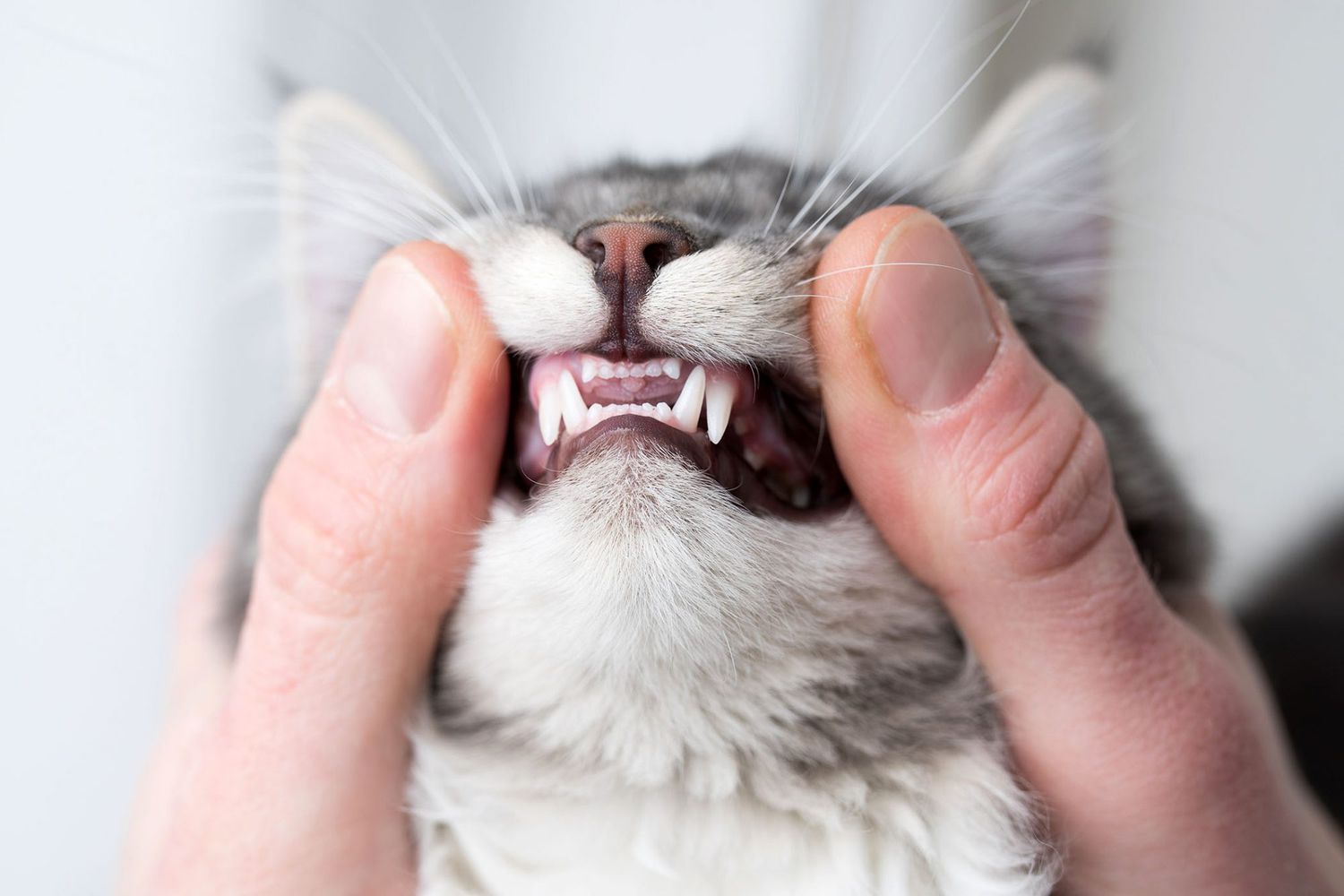
Cat Dental Exams What You Need To Know About Cat Teeth Cleaning Daily Paws

Dental Corner How To Detect And Treat Feline Odontoclastic Resorptive Lesions

Pet Teeth Cleaning Extraction Costs Spot Pet Insurance
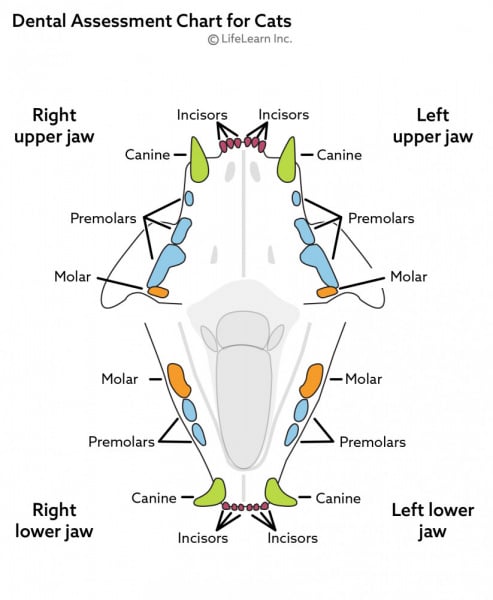
Dental Disease In Cats Vca Animal Hospitals

Cat Dental Care Preventative Treatments Mcknight 24hr Veterinary Hospital

Cat Dental Disease The Curious Case Of Sir Buttons Teeth Tails Tips
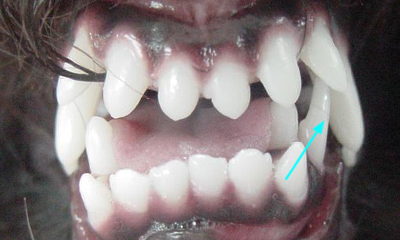
Persistent Deciduous Teeth Veterinary Dental Center Misaligned Teeth


